There is no getting around the fact that growing a garden takes time and a small investment. Millions of people love their gardens but wish they weren’t quite so demanding.
Many more want to start their own gardens but simply don’t have the time. They work long hours, look after young children, or just have a busy schedule.
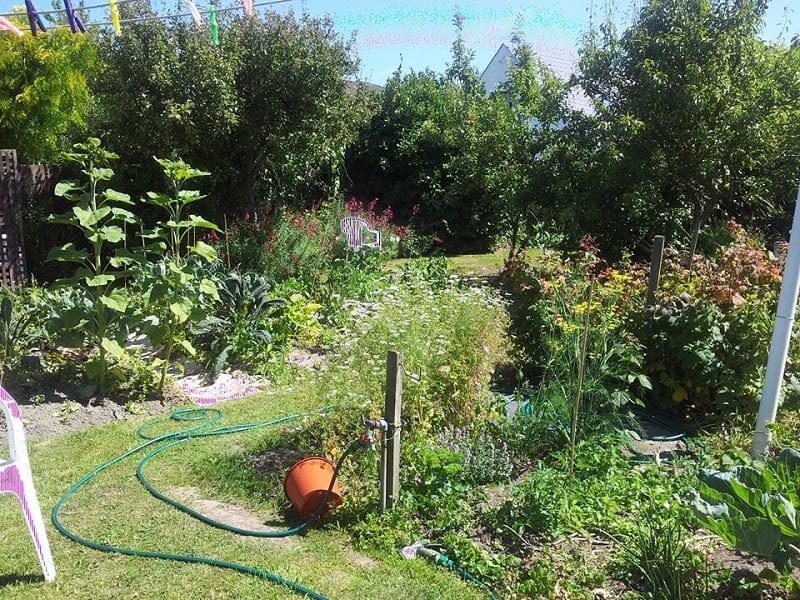
Gardening Shortcuts
Contents
But you can labor less, work more efficiently, and maybe even spend less money on your garden with a few smart gardening shortcuts.
Below are seven gardening shortcuts that will mean less work and more time for you to enjoy your garden.
1. Start with good soil.
Work in compost, manure, or dried peat moss for a nutrient-rich planting medium. Properly amended soil is lighter, drains better, makes weeding easy, and allows roots to establish themselves more quickly.
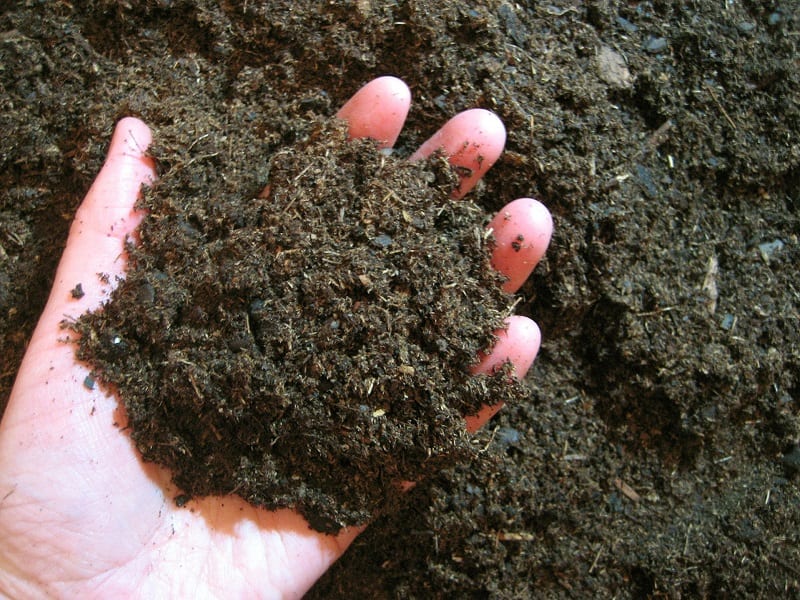
2. Grow easy crops.
Try growing crops that are naturally low-maintenance for your region. These likely include onions from bulbs or young plants, summer squash, and zucchini.
Buy improved varieties of plants that are native to your region. They’ll thrive with very little maintenance and are likely to be the best-yielding vegetables in your backyard.

3. Group your plants.
Grow vegetables that enjoy similar growing conditions together. This makes caring for them easier. For example, planting your cabbage family plants in the same bed lessens the work involved in protecting them against common pests.
You can also try grouping lettuces and other leafy salad greens together to minimize the time needed for watering. Grouping such plants together will also make setting up a shade cloth easier in hot weather.
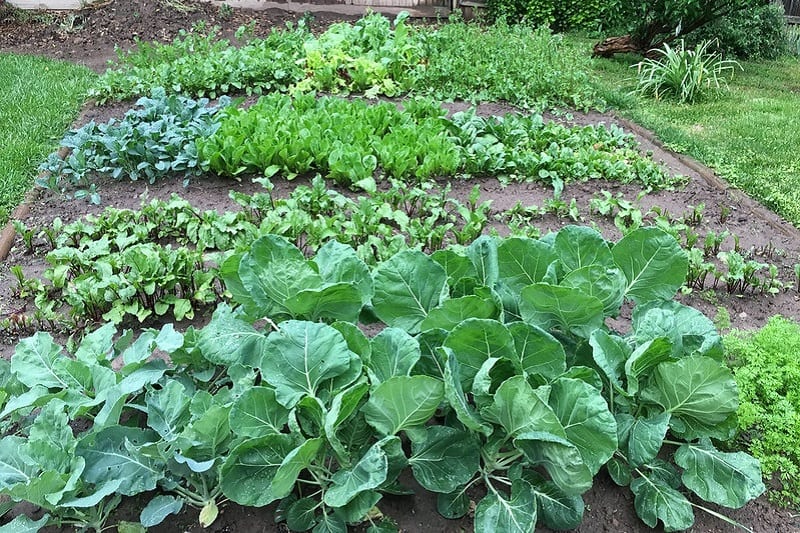
4. Work smarter.
Make sure your tools are clean and sharp. They will last longer and work better in the garden. Well-maintained tools also mean you will not need to spend money purchasing replacements.
Use ergonomically designed tools, kneepads, or kneeling mats to lessen stress on your joints. Working comfortably allows faster and more efficient work in the garden.
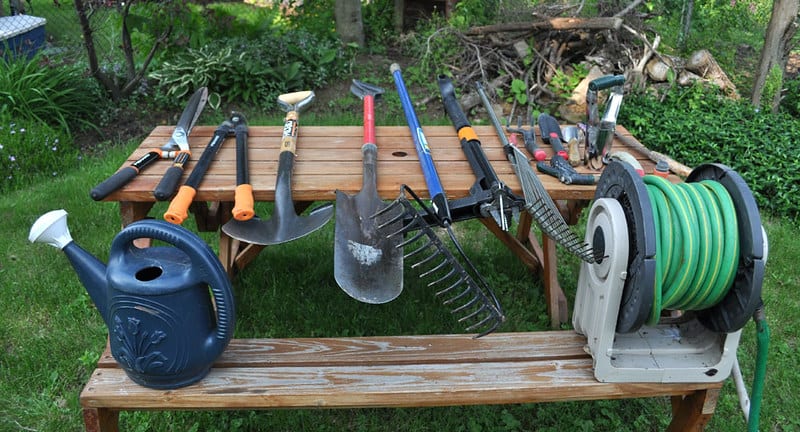
5. Use potting soil sacks.
You can turn sacks of potting soil into instant beds for shallow-rooted crops such as salads, bush beans, and onions. They also suppress any weeds beneath them.
Of course, you’ll need to cut slits into the bottom of the sack for drainage. Once you’ve done that, set the sack on the ground and cut away the plastic from the top. Now you have a ready-made bed with an excellent growing medium.
When the growing season ends, you can re-use the soil at the bottom of the container or cut away the plastic to make a permanent bed.
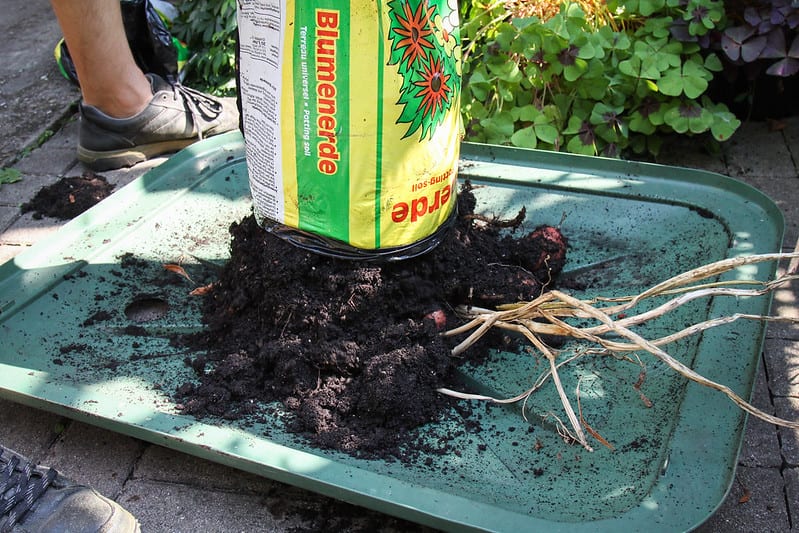
6. Make your container garden low-maintenance.
Mulch containers with gravel or shredded bark to reduce evaporation and reduce the time you spend watering. You should also consider using large containers with a soil-based potting mix.
Because the medium in these containers dries out more slowly than those in smaller containers, you won’t need to water your plants as much. Group them together for easier watering and pest control.
When you’re going away on vacation, sink the containers into the ground. Water your plants and the surrounding soil thoroughly.
You’ll find that your container vegetables will cope better than those in above-ground containers.
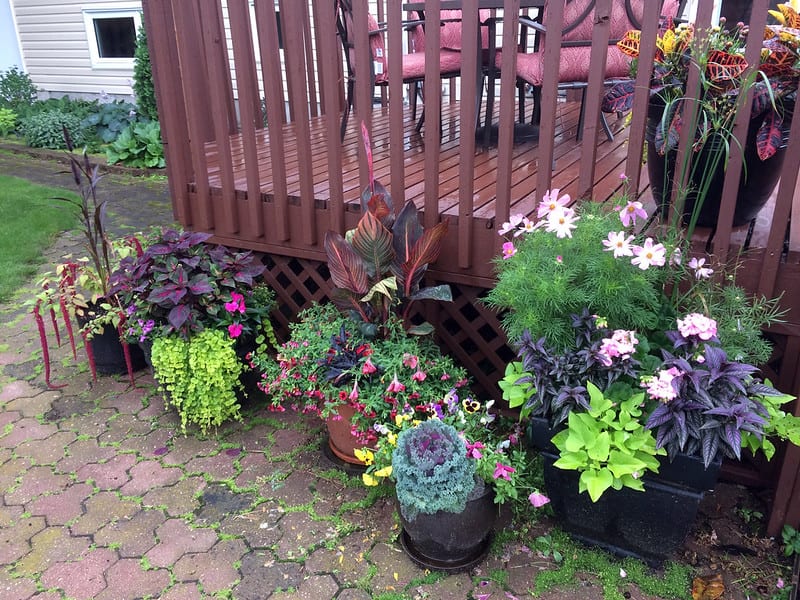
(Photo: Daryl Mitchell/Flickr)
7. Reduce your lawn.
Consider limiting grassy areas in your garden to reduce the time you spend on lawn chores and maintenance. In the process, you’ll help the global movement to heal the environment by using less water and chemicals.
Instead, build a pond or patio in the center of your lawn. You’ll create a destination and add visual interest in your garden.
You can also combine trees, boulders, shrubs, rocks, and other decorative mulches to create attention-grabbing, maintenance-free island beds in your front and back yards.
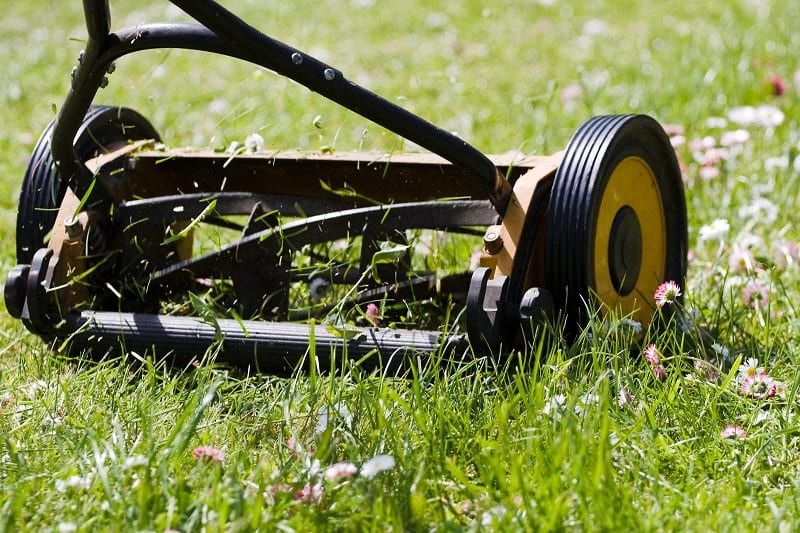
Weeding out the unnecessary work.
Gardening will always entail work. In many ways, the digging, weeding, and watering needed to grow a garden are the very things that make gardening so enjoyable. But then we don’t always have the luxury of time.
But you can weed-out a good deal of unnecessary time and effort in your garden just by working smarter. If you love your garden – or want to start a garden – but don’t have time for gardening, then the shortcuts above should help.








